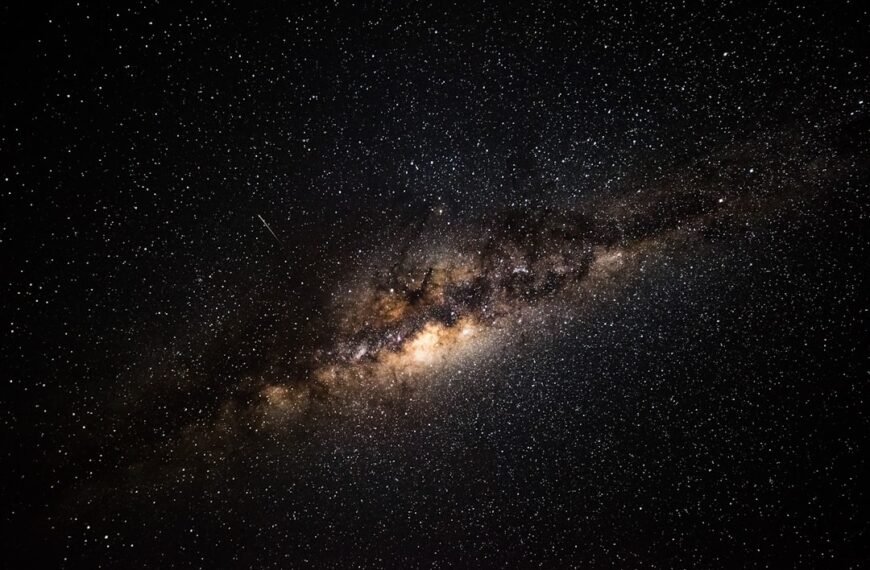Black holes are among the most enigmatic and fascinating objects in the universe. They are regions in space where gravity is so strong that nothing, not even light, can escape from them. This report explores the possibility of leaving a black hole once entered, synthesizing key points from various sources to provide a comprehensive understanding.
Understanding Black Holes
Nature of Black Holes
Black holes are dark, dense regions in space with a gravitational pull so strong that nothing can escape, not even light. They are formed from the remnants of massive stars that have ended their life cycles in supernova explosions. There are several types of black holes, including stellar, supermassive, primordial, and intermediate-mass black holes.

Event Horizon
The event horizon is the boundary around a black hole beyond which nothing can return. It marks the point of no return, where the gravitational pull becomes so strong that escape is impossible. Once crossed, the perception of space and time changes entirely.

Falling into a Black Hole
Crossing the Event Horizon
When crossing the event horizon of a sufficiently large black hole, you might not notice anything special initially. However, the journey towards the singularity, the core of the black hole, is perilous. The singularity is a point where gravity is infinitely strong, and mass is compressed into an infinitely small space.
Spaghettification
As you approach the singularity, the gravitational forces become extreme, leading to a process known as spaghettification. This is where the gravitational pull is so uneven that it stretches objects into long, thin shapes, ultimately tearing them apart.
Survival and Escape
The idea of surviving a black hole is largely considered naïve. The intense gravitational forces and the singularity’s nature make survival highly unlikely. Once something falls into a black hole, it cannot return. The gravitational pull ensures that escape is impossible.
Theoretical Insights and Speculations
Wormholes and Alternate Theories
Some theories suggest the possibility of wormholes, which could theoretically allow travel through black holes to other parts of the universe. However, the existence of wormholes is highly speculative and not supported by concrete evidence. Additionally, some theories propose that the event horizon could be a wall of fire, incinerating anything that comes into contact with it.
Hawking Radiation
Stephen Hawking proposed that black holes emit tiny amounts of energy known as Hawking radiation, which could eventually cause them to evaporate over time. This process, however, is incredibly slow and does not provide a means of escape for anything that has already fallen in.
Recent Theories
Recent theoretical developments, such as the ‘teleparallel’ gravity approach, suggest that black holes might have ‘hair’—a term used to describe additional information about the black hole’s properties. This could potentially offer new insights into black holes without needing to enter them.
Conclusion
In summary, current scientific understanding suggests that once something falls into a black hole, it cannot escape. The extreme gravitational forces and the nature of the singularity make survival and escape highly improbable. While theoretical models and speculations continue to evolve, the hard reality remains that black holes are one-way tickets to oblivion.
























